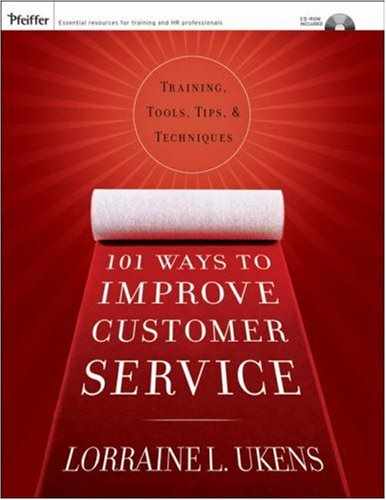When the caveman encountered a charging animal, he had to decide quickly whether he was in danger or not. Those who made the right decision survived. Today, our decisions may not always cost us our lives, but bad choices often cause mistakes that can lead to bigger problems.
Directions: On a scale of 1 (never) to 5 (always), rate how often you encounter the following obstacles to solving problems in general. After you have rated all of them, check the solutions column for suggested ways to overcome these barriers and identify those pertinent to you.
Rating | Barrier to Problem Solving | Solution |
|---|---|---|
Lacking clarity when stating the problem (Example: Employees must be unhappy since there is a high turnover rate.) | State what, why, who, when, where, and how much. Avoid wording that will dictate the solution. | |
Accepting the first information you get as being correct (Example: You take the side of the first person who tells you about a conflict situation.) | Question everything you hear and be skeptical of about half of what you see. | |
Being unable to verify if information is correct (Example: Employees complain that supplies are being stolen.) | Be skeptical about any information. Make sure to double-check: Is what you hear really “fact” or only “opinion”? | |
Rejecting information that contradicts what you think you already know (Example: If you believe you lack creativity, you won’t try to be creative.) | Decide that what you “know” is either conditioning or just a first impression. It’s all right to think differently. | |
Failing to see how causes lead to effects (Example: You don’t see how your job affects the company’s bottom-line results.) | Reexamine your assumptions about what leads to what. | |
Viewing similar things as being identical (Example: You think all American products are the best.) | When things look alike, learn more about them. The more you learn, the better you can distinguish them. | |
Giving in to the pressure to conform (Example: “Everyone does it that way.”) | Examine why this idea prevails. Monitor closely any calculated risks you choose to take. | |
Thinking of the world in terms of the past and not of the present (Example: People only work weekdays from 9 to 5.) | Assume that your knowledge base can become obsolete over time, and do what you can to update it. |
To the Facilitator
After the ratings have been completed, form small groups to discuss some of the improvement plans identified by individuals. Conduct a large group discussion regarding specific actions that the group as a whole can take to improve problem-solving skills on the job. List ideas on a flip-chart sheet and select at least three short-term goals and one long-term goal for the team to pursue, with appropriate timelines.
